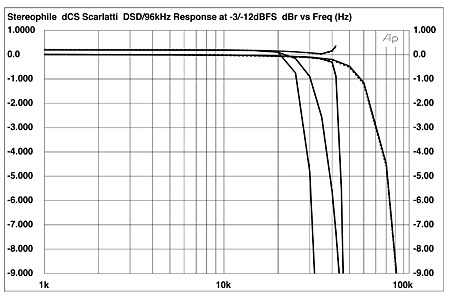They are not about preference.
In the context we are discussing, they absolutely are about preference. Most of the noisy ASR congregation have never actually bothered with ABX testing of anything- they just yell 'ABX!' from the side-lines. It's pathetic, boorish and achieves nothing except make this place look even more fringe, out of touch and full of bat-chit crazy nutcases.
And even if they did bother, what are they actually attempting to achieve in the first place? Mostly, they go in with a pre-set agenda. They want to hear no difference, because then they can justify their cheap-ass purchases of poorly made gear that fails prematurely. That is the bottom line.
Which brand gets the most air-time on ASR? Topping. Why? Because it kinda tests OK, is cheap, and a noisy bunch of people with clearly limited budgets tell them to buy it to be part of the club. Yawn.
And, which is the ONLY brand with thread after thread of problems, issues, failures, dissatisfaction and burnt customers? Topping again.
Buying and owning HiFi equipment is
always about preference. It has never been anything else. ABX is just about whether you can perceive a difference, not which one, two or ten products you prefer over others. It's not the gold standard for selecting HiFi components. Never was and never will be. If it was, there would have been ABX comparators in every HiFi store. But there were comparators in every proper HiFi store because it was easy to hear differences between amplifiers, receivers, tuners, turntables and particularly speakers. Then customers could buy based on their actual preferences. After all, that what is was all about.
There is no testing of product synergies and anyone with a speck of understanding knows that is a grossly overlooked. That is, the interactions between components and resulting overall system performance. Think: end to end SINAD, FR etc. Whenever I've ABX'd some cheap Chinese amplifiers with quality vintage gear, the cheap stuff gives themselves away very quickly due to noises, clicks, pops, imbalances, etc. The amount of effort required to remove the 'tells' means they aren't ready. A friend wanted me to blind compare his Topping DAC to my classic vintage TOTL CD player recently and the balance of the Topping DAC was so different, it was a waste of time. That stuff is basic, and yet they can't get it right.
I choose preference. That encompasses, features, measured performance, build quality, reliability, functionality and plain good engineering.





